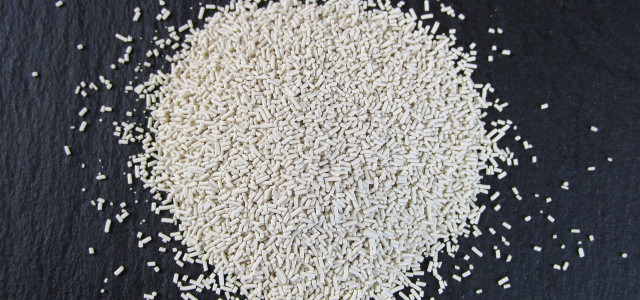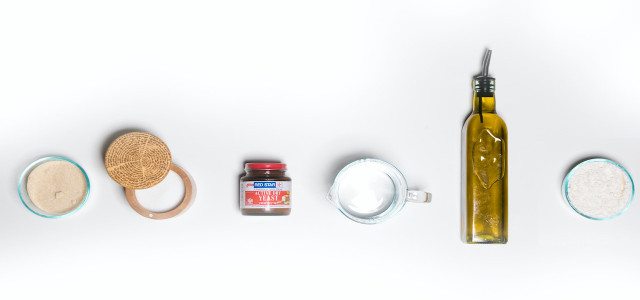If you’re interested in a vegan lifestyle, you may be wondering — is yeast vegan? We discuss the different types of yeast and whether they are vegan-friendly.
Despite the abundant nuances vegans need to be aware of, which do get easier to detect over time, yeast is not a substance that vegans must avoid because it is a single-celled organism called saccharomyces cerevisiae, and a member of the fungi family.
Though it may be “living” at some point, it is alive in the same sense as a mushroom or mold. As members of the fungi kingdom, yeasts, molds, and mushrooms are organisms that are neither plants nor animals. Are vegans allowed to eat mushrooms? Of course. Likewise, yeast is also vegan.
Read further to learn more about the different types of yeast.
What Is Yeast and How Does It Work?
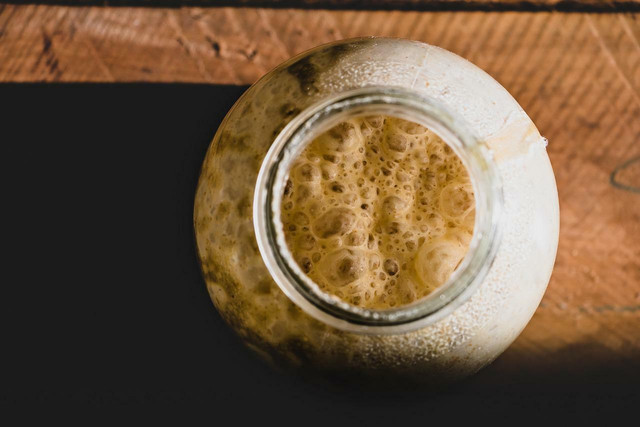
(Foto: CC0 / Pixabay / tombock1)
S. cerevisiae is a species of yeast that has been used in fermentation since ancient times. There are specific strains of this yeast for fermenting wine, brewing beer, or making baked goods. The difference between them is that the yeast you use for beer and wine produces CO2 and alcohol. The yeast used in baking emits CO2 but only trace amounts of alcohol.
Baking yeast is commonly used as a leavening agent for baked goods to make them rise. To instigate this process, yeast feeds on sugar in a moist environment and multiplies itself rapidly to produce CO2. This process causes dough to rise. Most baking yeasts are dry granules with long shelf lives that can be stored at room temperature (with the exception of fresh yeast).
If you’re craving bread but don’t have yeast at home, you can try our yeast-free bread recipe.
Active Dry Yeast
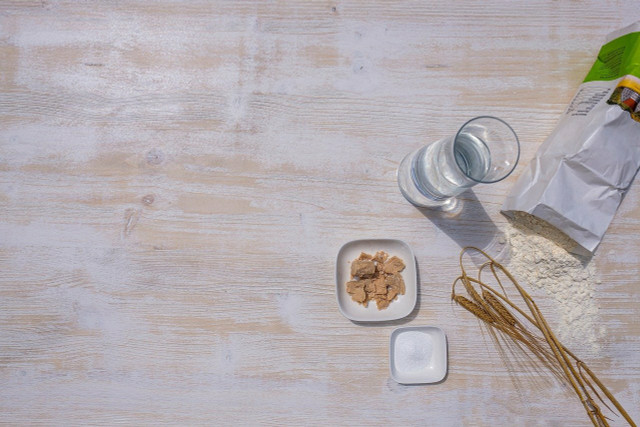


(Foto: CC0 / Pixabay / Bru-nO)
This dry yeast must be activated in warm water. The process of activation is called “proofing” the yeast. Activating the yeast with water at about 110 degrees Fahrenheit ensures that your dough will double and rise. The downside of active dry yeast is that it is well known to be unstable and sometimes unreliable. It has a fairly short shelf life, it’s potency declines over time, and it can sometimes fail without a clear reason.
Instant Dry Yeast
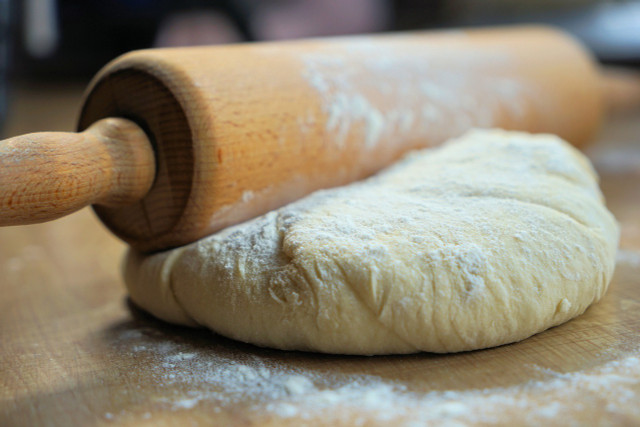


(Foto: CC0 / Pixabay / webandi)
Instant dry yeast is the same as active dry yeast, just without the protective coating, meaning this yeast doesn’t need to be activated with water and can be added directly to dry ingredients. This yeast does not require proofing, but it can still be used this way if a recipe you’re following asks for active dry yeast. Just follow the recipe as directed without making any adjustments.
Bread Machine/Pizza Yeast
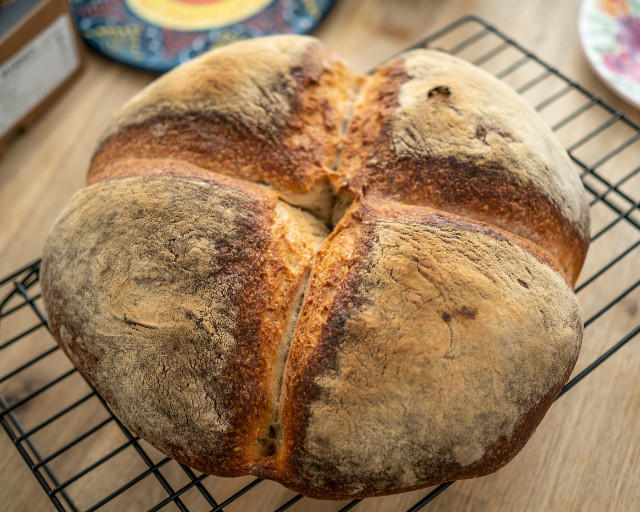


(Foto: CC0 / Pixabay / bauez)
Similar to instant yeast, bread machine or pizza yeast has some additives. It is intended specifically for use in bread machines and pizza doughs because it’s coated in a thin layer of ascorbic acid (Vitamin C) that allows you to add this dry yeast directly to a machine or dry ingredients. It can be added in with other dry ingredients.
Find out how to make pizza dough step by step, and learn how to store it plastic-free: How to Store Pizza Dough Without Plastic Wrap
Rapid Rise (Quick Rising) Yeast
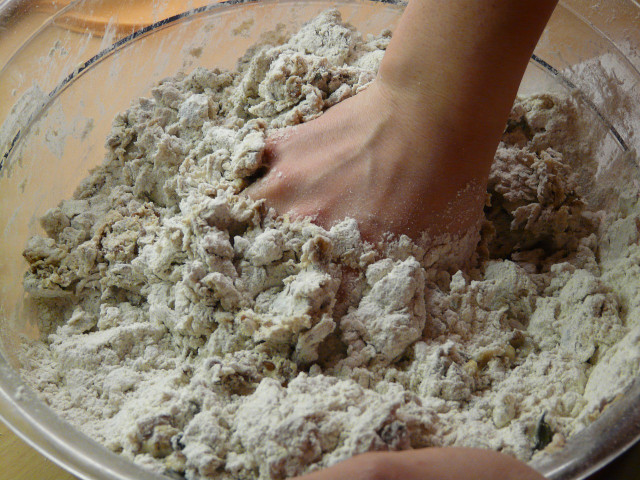


(Foto: CC0 / Pixabay / Hans)
This type is the same as instant yeast, but it gets coated with yeast enhancers that support rapid activation. With this yeast, the rising step required with active dry or instant yeast is skipped. Always be sure to refer to the instructions that come with rapid rise yeast as the required preparation can differ. While this yeast type is the most convenient and time saving, it usually lacks the flavor that develops in the rise times of the other yeast types.
Make sure not to proof your rapid rise yeast in water if you’re using this yeast for its speed, adding water will remove the coating that results in a speedier process.
Fresh Yeast
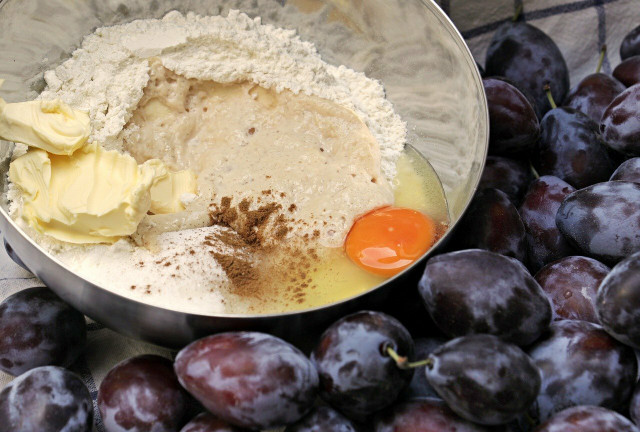


(Foto: CC0 / Pixabay / pixel2013)
Fresh yeast is commonly used by experts in baking. It comes in the form of a soft, beige block and has the strongest yeast smell of the bunch. It has a short two-week shelf life and therefore can be more difficult to find than the other varieties. If carried, it’s often placed in the dairy section near the butter.
Make sure the fresh yeast has not expired before buying, and be sure to use it before it goes bad. It should always be stored wrapped in the refrigerator. Before using, let it sit outside the fridge until it reaches room temperature.
Is Bread Vegan?
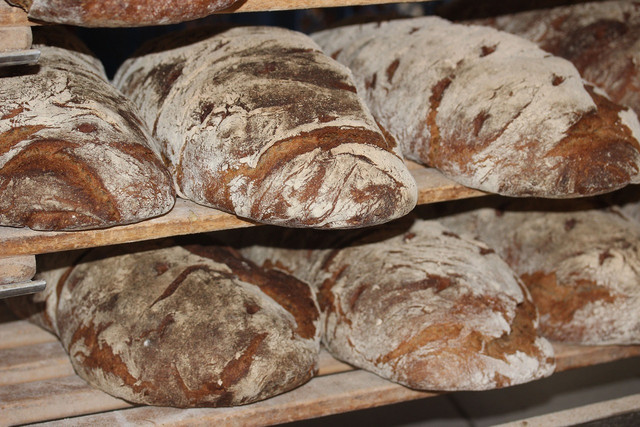


(Foto: CC0 / Pixabay / Ina_LH)
While yeast is vegan, not all baked goods are. Vegan breads are usually made with only flour, yeast, and water. But, sometimes breads and other baked goods have additional ingredients such as eggs, milk, butter, and other non-vegan ingredients. Instead of scavenging the grocery aisle and squinting your eyes at every ingredient list, try some of our vegan bread recipes, like our easy spelt bread or our quick buckwheat bread.
Read more:
- Boozy Popsicles: 3 Vegan Ideas
- Kombucha Cocktails: 3 Recipes to Try in 2022
- Vegan Challah Bread: An Easy Everyday Recipe
Do you like this post?






